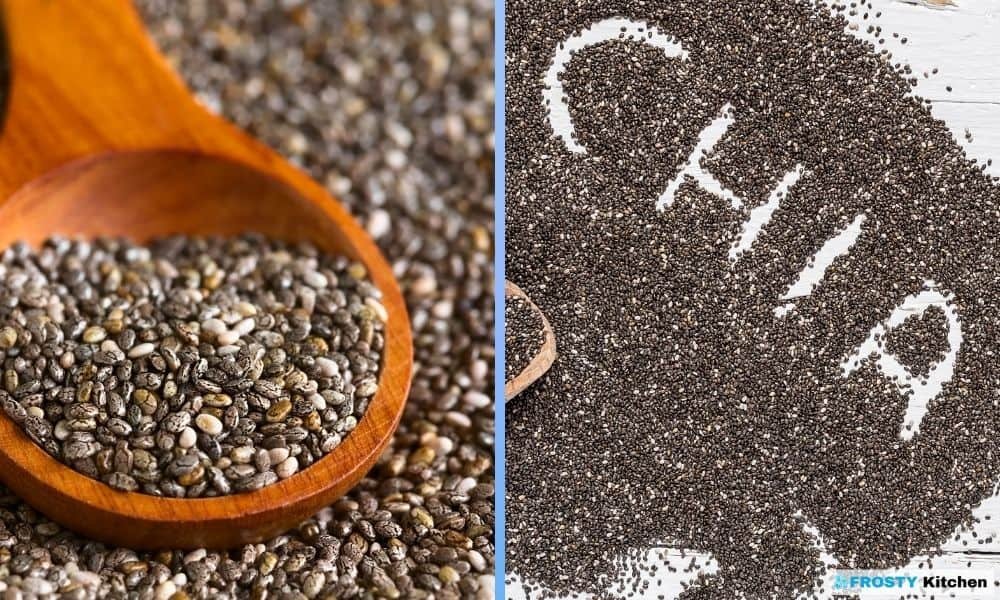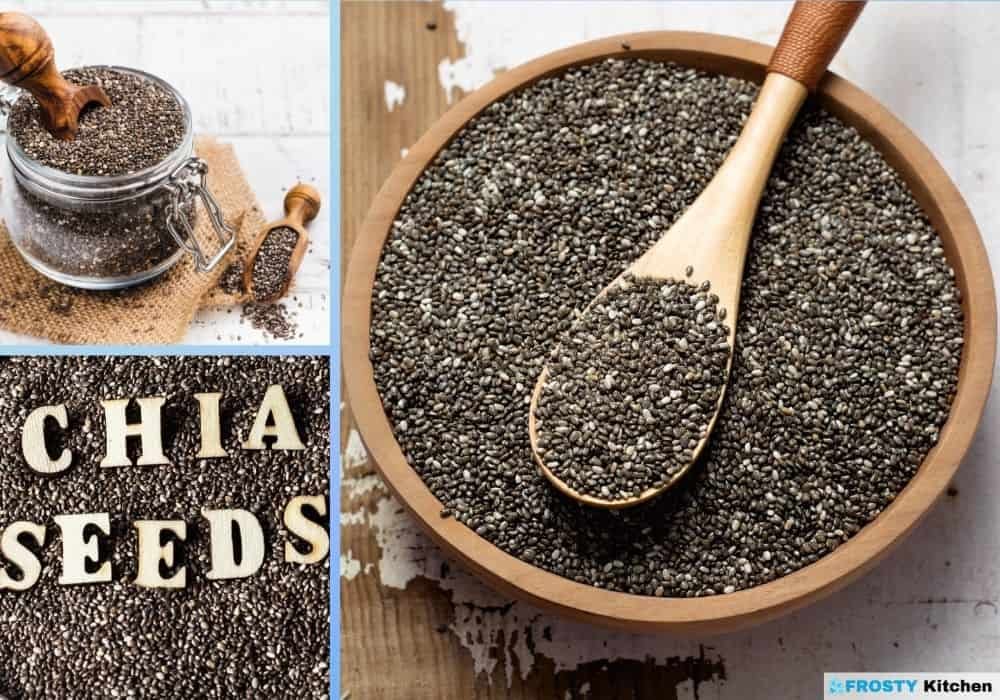Chia seeds, hailed for their health benefits and versatility, are a cherished superfood. Their ability to gelatinize when mixed with liquids, coupled with a nutty taste, makes them a favored addition in numerous dishes. This guide aims to elucidate the proper storage techniques of chia seeds to retain their nutritional potency and freshness for your culinary endeavors.
What is Chia Seeds?
Chia seeds are tiny black seeds from the plant Salvia Hispanica, native to Central America. They have gained immense popularity due to their nutritional properties and versatility. They can be eaten raw, soaked in juice, added to porridge, pudding, smoothies, or added to baked goods.
Origin and History
Originating from Central America, chia seeds were a staple in the ancient Aztec and Mayan diets. Their usage dates back to as far as 3500 BC, showcasing a rich history of nutritional reliance among ancient civilizations.
Nutritional Value
Chia seeds are a nutritional powerhouse, offering a multitude of benefits:
- Omega-3 Fatty Acids: Known for their high omega-3 fatty acid content which is essential for heart health.
- Rich in Fiber: They are an excellent source of fiber which aids in digestive health.
- Protein Packed: Chia seeds are a good source of quality protein, especially for vegetarians and vegans.

Importance of Proper Storage for Chia Seeds
Preserving the nutritional integrity of chia seeds is crucial, and proper storage plays a significant role in achieving this.
General Lifespan and Preservation
Stored appropriately, chia seeds can maintain their quality for up to 2 years or even longer if kept in cooler conditions.
Factors Affecting the Lifespan of Chia Seeds
Temperature
A cool, dry environment is essential for prolonging the shelf life of chia seeds as high temperatures can lead to the degradation of their fatty acid content.
Exposure to Light
Exposure to light can lead to the degradation of essential nutrients in chia seeds. Storing them in a dark place or in opaque containers is advisable.
Moisture Content
Chia seeds have a high affinity for water and can absorb up to 12 times their weight in water. It’s crucial to store them in a dry environment to prevent spoilage.
Packaging
Proper packaging, like airtight containers, can help in preserving the quality and nutritional value of chia seeds.
Air Quality
Good air quality, especially low humidity, is vital in maintaining the freshness and nutritional value of chia seeds.
Signs of Spoiled Chia Seeds
Appearance
Any signs of mold or a foul smell are clear indicators of spoilage in chia seeds.
Odor
A stale or off-putting smell can indicate that the chia seeds have gone bad and should not be consumed.
Preparation for Storage
Ensure the chia seeds are clean and completely dry before storage to prevent any mold growth or spoilage.
Picking the Right Packaging/Container
Selecting the appropriate packaging or containers is vital for preserving the freshness and nutritional value of chia seeds. Airtight containers or vacuum-sealed bags are often the best choices.
Recommended Types of Containers for Storage
Various containers such as glass jars with airtight lids, vacuum-sealed bags, or BPA-free plastic containers are suitable for storing chia seeds. These containers help shield the seeds from environmental adversities like air, moisture, and light, thus preserving their quality and extending their lifespan.
Step-by-Step Guide to Storing Chia Seeds
Proper storage of chia seeds is essential to retain their nutritional essence and freshness.
Method 1: Dry Storage
- Step 1: Ensure the chia seeds are clean and completely dry to prevent mold growth.
- Step 2: Transfer the seeds into an airtight container to protect them from moisture and air.
- Step 3: Store the container in a cool, dark, and dry place away from direct sunlight and heat sources.
Method 2: Refrigerator Storage
- Step 1: Ensure the chia seeds are clean and completely dry to prevent any moisture-related spoilage.
- Step 2: Transfer the seeds into an airtight, dark-colored or opaque container to shield them from light and moisture.
- Step 3: Place the container in the refrigerator, ensuring it’s away from any strong-smelling foods to maintain the seeds’ freshness.
Frequently Asked Questions
Q1: Can chia seeds go bad?
Yes, while chia seeds have a relatively long shelf life, they can go bad if exposed to moisture, which can lead to mold growth. Ensuring a dry, cool storage environment is key to prolonging their shelf life.
Q2: How can I tell if chia seeds are still good to use?
Fresh chia seeds should have a mild, nutty smell. If they exhibit a bitter or off-putting smell, or if there are any visible signs of mold, they should be discarded.
Q3: Do chia seeds need to be washed before storing?
Chia seeds do not typically need to be washed before storing. However, ensuring they are clean and completely dry is crucial to prevent mold growth and spoilage.

